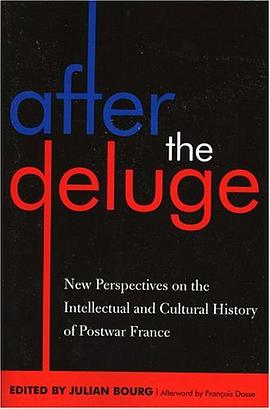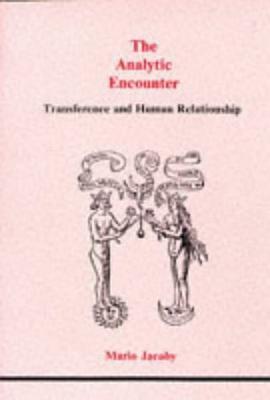

This study of an important class of ceramics from the key coastal colonial site of Cosa in southwest Tuscany documents the rise of republican Rome to dominance in central Italy in the third and second centuries B.C. The town and territory of Cosa constitute one of the most extensively explored sites of the Roman republican period on the Italian peninsula. Excavation and survey work by the American Academy in Rome and others at Cosa over the past half century have greatly enriched our knowledge of the development of public and domestic urban and rural architecture, the organization and exploitation of the resources of the countryside, and the patterns of economic exchange to which they testify. These latter are particularly evident in the varieties of imported and locally made black-glaze pottery that have been recovered in the excavations. While we tend to think of the ubiquitous Greco-Italic amphorae as the commercial indicators par excellence of mid to late republican Italy, this class of tableware is no less important for understanding both the maritime and inland routes of exchange."Ann Scott presents our best picture of Late Republican black-glaze in central Italy from the third through the mid-first century B.C. In "Cosa: The Black-Glaze Pottery 2," she reassesses and updates the material published fifty years ago by Doris Taylor as well as presenting more recent deposits of black glazed pottery from Cosa."---Shelley Stone, Professor of Art History, California State University, Bakersfield"This admirable study will quickly establish itself as the classic treatment of a topic of central importance for the archaeology of central Italy in the Roman republican period." ---Bernard Frischer, Director, Institute for Advanced Technology in the Humanities, and Professor of Art History and Classics, University of Virginia
具体描述
读后感
评分
评分
评分
评分
用户评价
相关图书
本站所有内容均为互联网搜索引擎提供的公开搜索信息,本站不存储任何数据与内容,任何内容与数据均与本站无关,如有需要请联系相关搜索引擎包括但不限于百度,google,bing,sogou 等
© 2025 book.wenda123.org All Rights Reserved. 图书目录大全 版权所有




















